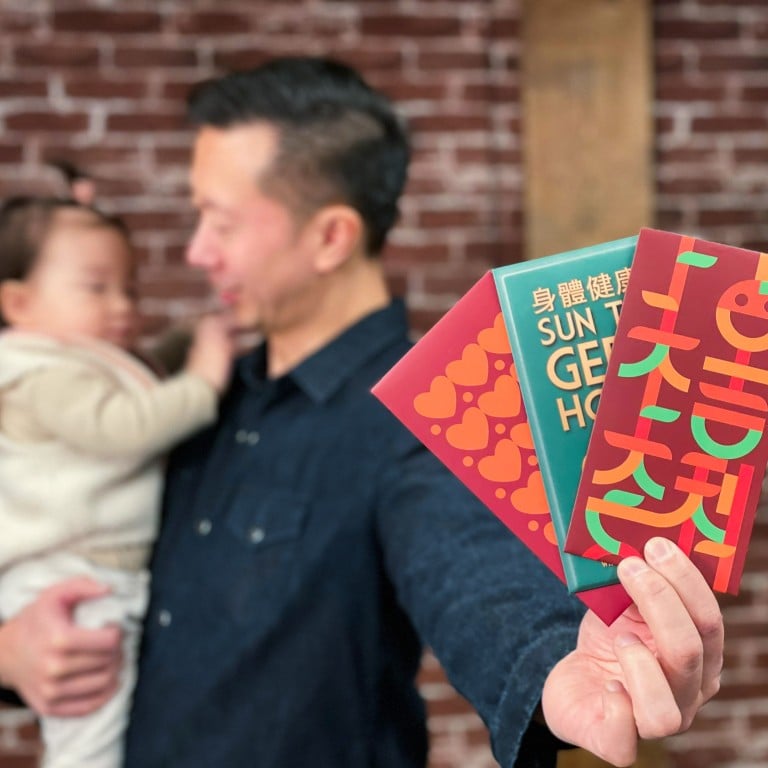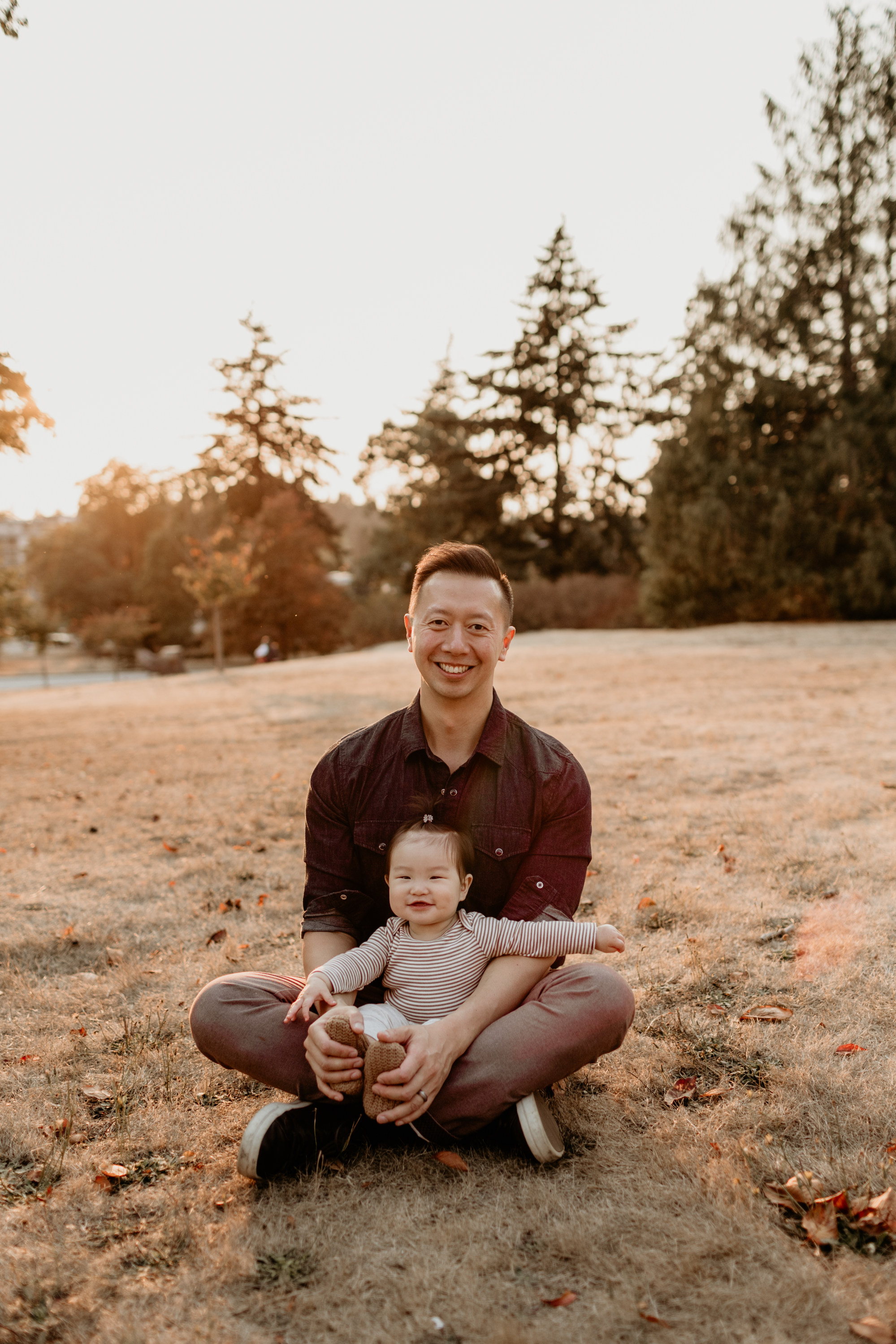
Red envelopes for Lunar New Year lucky money redesigned for people who can’t read Chinese by artists in Canada so they are easy to understand
- A Vancouver-based Chinese-Canadian decided to make lai see – red paper envelopes for ‘lucky money’ – easier to understand for those who can’t read Chinese
- Mission: Red Pocket creator Kevin Li asked three designers to make Lunar New Year greetings fun and easy to learn through fresh, modern lai see envelope designs
Last September, Kevin Li started thinking about how he and his wife could pass on Chinese traditions to their daughter Ava, who would turn one that December.
“My wife and I made a plan [to] speak more Chinese at home because [Ava] can learn English [outside],” Li recently said on a radio show in Vancouver, Canada.
If he could not even talk in Chinese with his daughter, Li wondered, how was he going to pass on traditions? This led to the creation of Mission: Red Pocket.

Lai see envelopes typically have Chinese characters on the front of them, some of which are only for specific occasions, and Li has to check with those who can read them – like his father – to make sure he is using the right one. The 44-year-old began to wonder if there was a way to make them more accessible to people like himself.

Li decided to ask a trio of designers to create modern-looking lai see envelopes for a younger generation of Chinese-Canadians who might not be able to read Chinese, as well as for those interested in learning about Chinese culture.
“I wanted to challenge the designers to think of their favourite memories of Chinese New Year,” Li, a video producer, told the Post. “I didn’t give them much direction, but I wanted them to think about what stories they wanted to tell the next generation.”

Terry Wong, a third-generation Chinese-Canadian, designed a green lai see envelope which features an image of an old woman holding a child. The colour reminds him of his grandmother, who loved jade – juhk in Cantonese and yù in Mandarin – and told him it was lucky.
“For Chinese New Year, my grandmother would invite me to dinner, and I would say the same thing, ‘gong hei fat choy’ [wishing you happiness and prosperity],” Wong says. “Until 10 years ago, I didn’t know it didn’t mean ‘happy new year’.
“She said I should say, ‘sun tai geen hong’ to wish elderly people good health. That really stuck in my head.”

The children’s book illustrator and graphic designer, now in his 40s, says his parents exclusively spoke Cantonese to him until he went to school. After that, he only spoke English.
The other two designers, Haydex Li and Goldie Wong, are originally from Hong Kong.
The lai see envelopes cost C$4.50 (US$3.33) each, and Li says Mission: Red Pocket has had a good response so far. The pinyin and Cantonese phonetics of each saying are printed on the backs of the envelopes to make it easier for people to pronounce the phrases and know what they mean.
“The art and greeting are both important. The envelopes are tailored for the Chinese-Canadian experience,” Li says.

